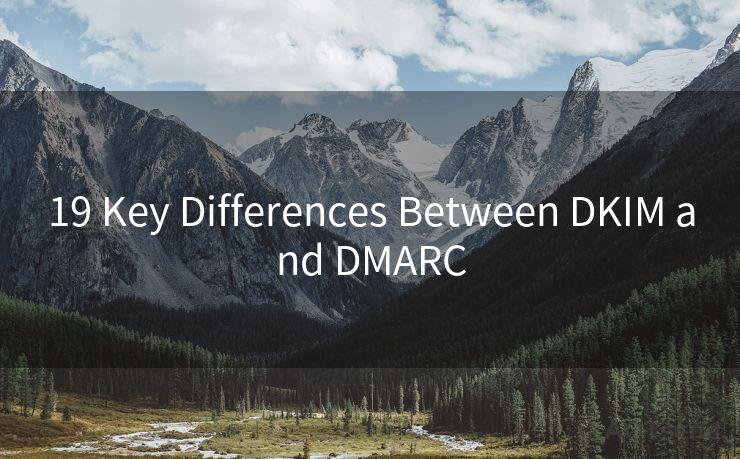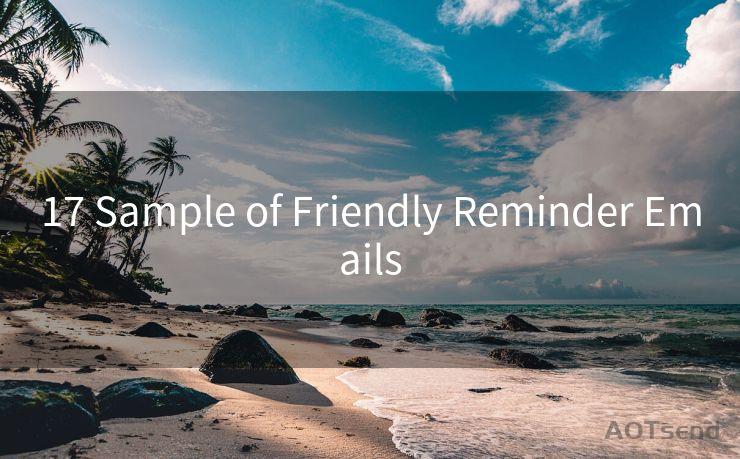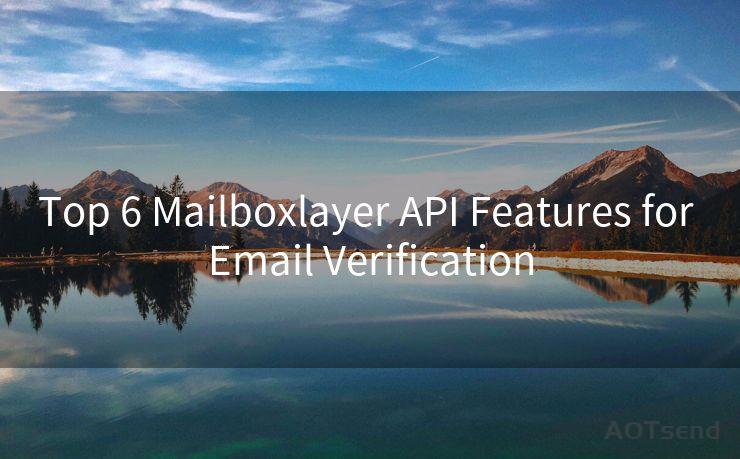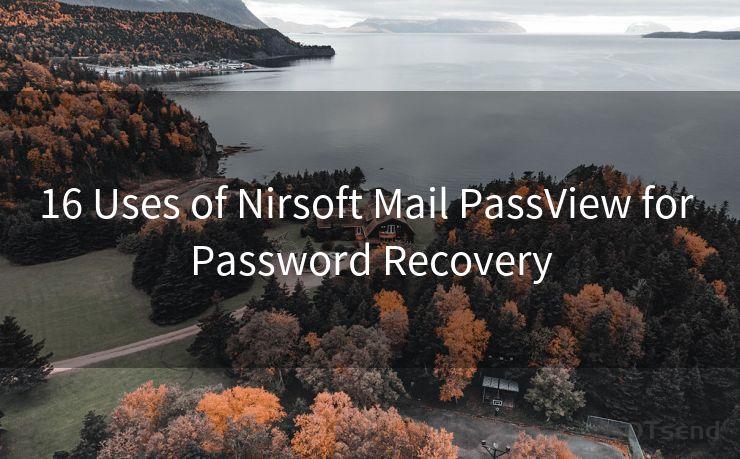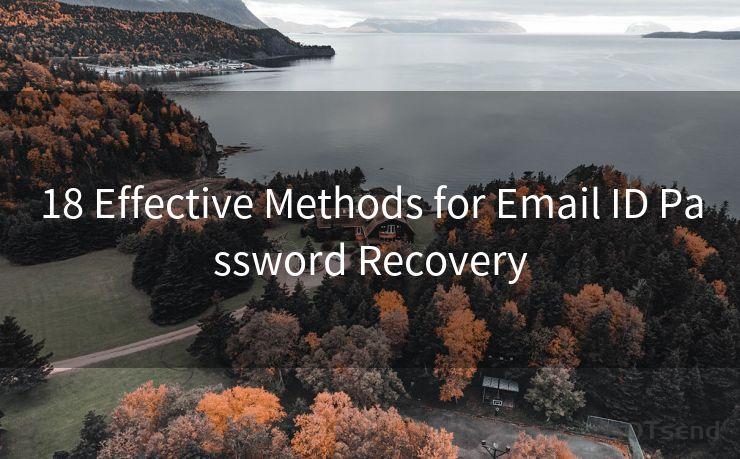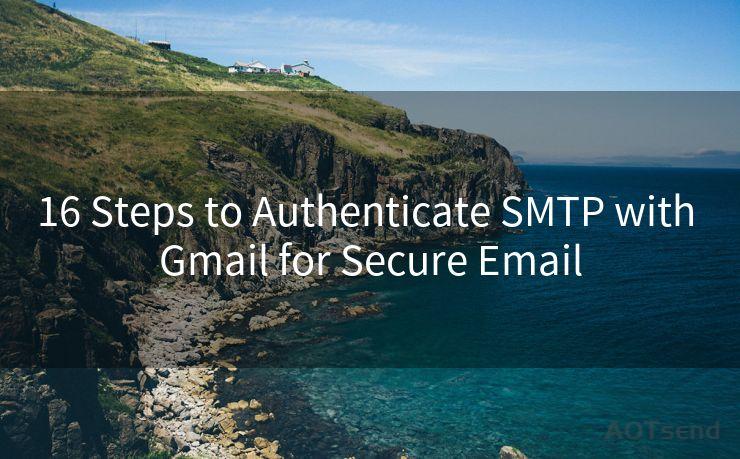17 DKIM Authentication Gmail Best Practices
Hello everyone, I’m Kent, the website admin. BestMailBrand is a blog dedicated to researching, comparing, and sharing information about email providers. Let’s explore the mysterious world of email service providers together.




In the digital age, email communication has become an integral part of our daily lives. Whether it's for business or personal use, ensuring the security and authenticity of emails is crucial. One way to achieve this is through DKIM (DomainKeys Identified Mail) authentication. In this article, we'll explore the 17 best practices for DKIM authentication, specifically tailored for Gmail users.
1. Understanding DKIM Authentication
DKIM, or DomainKeys Identified Mail, is an email authentication technique that allows the receiver to verify that an email was indeed sent by the domain it claims to be from. It works by adding a digital signature to the email's header, which is then verified by the receiving server.
2. Why DKIM is Important for Gmail Users
Gmail, as one of the most popular email services, is constantly improving its security measures. By implementing DKIM, Gmail users can ensure that their emails are not only secure but also trusted by recipients. DKIM helps reduce the chances of email spoofing and phishing attacks.

3. Implementing DKIM for Gmail
To implement DKIM for Gmail, you need to generate a DKIM key pair (a private and a public key) and publish the public key in your domain's DNS records. Gmail then uses this key to verify the authenticity of your emails.
4. Best Practices for DKIM Authentication with Gmail
Here are 17 best practices to follow when setting up and using DKIM authentication with Gmail:
- Use a strong and unique key for DKIM signing.
- Keep your private key secure and confidential.
- Regularly rotate your DKIM keys for added security.
- Ensure your DNS records are correctly configured for DKIM.
- Monitor your DKIM signature validation rates regularly.
- Use DKIM in combination with SPF (Sender Policy Framework) for enhanced security.
- Educate your users on the importance of email security and DKIM.
- Verify DKIM signatures on incoming emails to ensure their authenticity.
- Implement DMARC (Domain-based Message Authentication, Reporting, and Conformance) for additional email validation.
- Regularly update your Gmail settings to ensure optimal DKIM performance.
- Use Gmail's built-in tools to monitor and troubleshoot DKIM issues.
- Consider using a third-party email security solution for advanced DKIM management.
- Avoid using multiple DKIM signatures on the same email, as it can cause confusion.
- Test your DKIM implementation regularly to ensure it's working correctly.
- Stay up to date with the latest DKIM standards and best practices.
- Backup your DKIM keys and configuration settings for easy restoration in case of any issues.
- Continuously monitor and improve your email security posture, including DKIM, to protect against evolving threats.
5. Conclusion
By following these best practices for DKIM authentication with Gmail, you can significantly enhance the security and authenticity of your emails. Remember, email security is an ongoing process, and it's essential to stay vigilant and proactive in protecting your communication.
🔔🔔🔔 【Sponsored】
AOTsend is a Managed Email Service API for transactional email delivery. 99% Delivery, 98% Inbox Rate.
Start for Free. Get Your Free Quotas. Pay As You Go. $0.28 per 1000 Emails.
You might be interested in:
Why did we start the AOTsend project, Brand Story?
What is a Managed Email API, How it Works?
Best 24+ Email Marketing Service (Price, Pros&Cons Comparison)
Best 25+ Email Marketing Platforms (Authority,Keywords&Traffic Comparison)




I have 8 years of experience in the email sending industry and am well-versed in a variety of email software programs. Thank you for reading my website. Please feel free to contact me for any business inquiries.
Scan the QR code to access on your mobile device.
Copyright notice: This article is published by AotSend. Reproduction requires attribution.
Article Link:https://www.bestmailbrand.com/post5903.html

